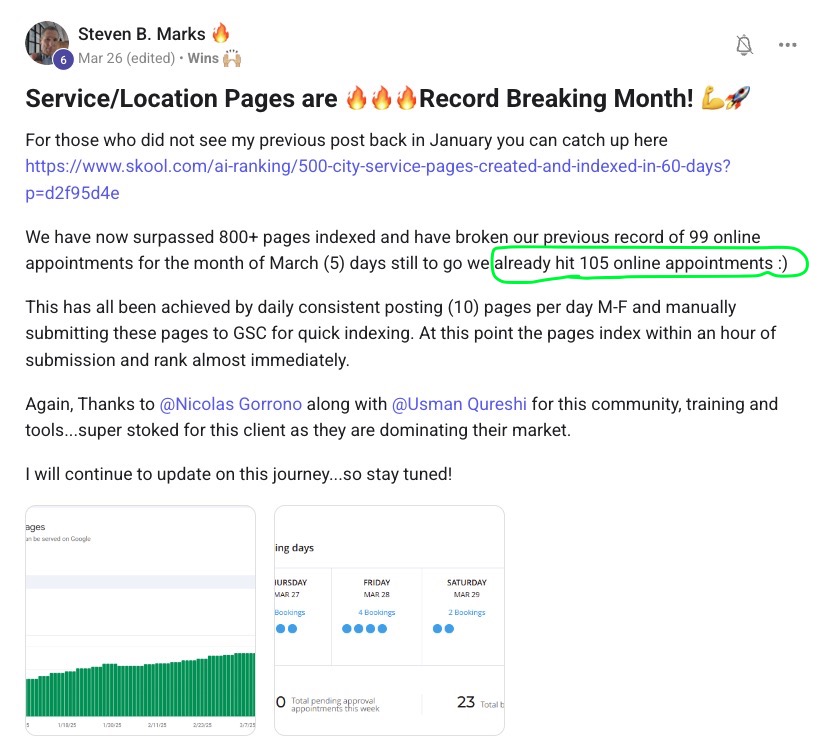
When it comes to maximising your search engine optimization (SEO) game, AI can be a total lifesaver—just think of it as an extra set of hands rather than a full-on replacement for your own creativity and expertise. It’s important to keep your personal voice, stay relaxed, and remember that Google doesn’t penalize AI-generated content. It’s really all about the quality you deliver, not how it was made.
Use AI as an Extension, Not a Replacement
AI is here to support your workflow, speed up your ideation, and help with the heavy lifting. Whether you’re using tools like ChatGPT, Claude, or Google’s NotebookLM, they’re all great at making your writing process smoother. If you want to take things up a notch and produce entire content clusters at scale, services like Machined AI or Cuppa.ai can do that too—just remember to vet everything to ensure accuracy and maintain your personal flair.
Does Google Penalise AI Generated Content?
Google’s been pretty clear: quality is what matters. They don’t care if a robot or a human wrote your blog post. If your content is helpful, relevant, and aligns with user intent, you’re in good shape. That means you still need to pay attention to all the classic SEO fundamentals—like proper backlinking, solid keyword research, and making sure you cite trustworthy sources.
Careful of misinformation around this topic, many people think that Google does not rank their AI content because its ... well AI, when their reality is that their content is just not that great.
Don’t Forget the Other SEO Essentials
While AI can handle a lot of the writing, it won’t magically optimize everything else. For example:
- Backlinking: Ensure you link out to high-quality, reputable sources. This is critical if you’re in the “Your Money or Your Life” (YMYL) niches, where trust and credibility are huge.
- Media and Variations: Mix it up. Add images, tables, charts, or even graphs generated by tools like Napkin.ai to break up text and enhance user engagement.
- Video Content: If you’ve got a related YouTube video, embedding it at the end of the post can offer extra value and keep readers on the page longer.
Understanding User Intent & FAQs
Great SEO content starts by knowing what your readers want. Are they looking for a quick answer, a detailed guide, or a product to buy? Once you’ve nailed down the intent—whether it’s informational, transactional, or something else—consider using tools like “People Also Ask” sections or even AI-driven FAQ finders. Gather frequently asked questions and use them as a framework for your blog content. Then, lean on AI tools to fill in the gaps and polish your answers.
Keyword Strategy: Quality Over Quantity
While you can sprinkle in keywords discovered through various research tools, don’t go overboard. The goal isn’t to stuff as many keywords as possible, but rather to maintain a natural flow that satisfies the reader’s search intent. AI can help integrate keywords smoothly, but it’s your job to keep things sounding human and valuable. Whatever you do, do not over complicate keyword research, keep it simple. I have seen too many people fall into ‘analysis paralysis’ and over analyse trying to find the “one” keyword that will somehow explode their traffic to their blog (spoiler…it wont)
.webp)
Maintaining Your Tone of Voice
One trick is to give your AI tool a “tone of voice” document. By specifying how you want to sound (e.g., friendly, relaxed, down-to-earth), the AI can produce content that feels consistent with your brand and style. If you don’t know how to describe your own tone of voice, I have made a custom GPT that will help you do that HERE. All you need to do is paste a piece of content that you wrote, hit enter and it will spit out a detailed explanation of your tone of voice which you can use to feed your next LLM. Additionally, create a negative keyword list to help the AI avoid tired clichés and overused phrases like ‘In the ever evolving world of’, ‘lets delve into’, etc. You can get started with your own negative keyword list by copying ours from our free community, the AI Ranking Skool. This ensures that the output feels fresh and authentically you.
Building Momentum & Measuring Success
Getting into a rhythm with your publishing schedule is key. Aim for around four new blog posts a week at first, then adjust as needed. As you pump out content, keep an eye on your data—check Google Search Console to see how posts are performing and learn from what’s working (and what’s not). Over time, you’ll refine your approach, working smarter with AI and continuously improving the quality and effectiveness of your SEO content.
Final Thoughts
By treating AI as a writing assistant rather than a shortcut, you can take advantage of its efficiency while preserving your personal style, ensuring quality, and, ultimately, better serving your audience. So go ahead—relax, explore these tools, and start crafting awesome SEO content that resonates with your readers and search engines alike.






